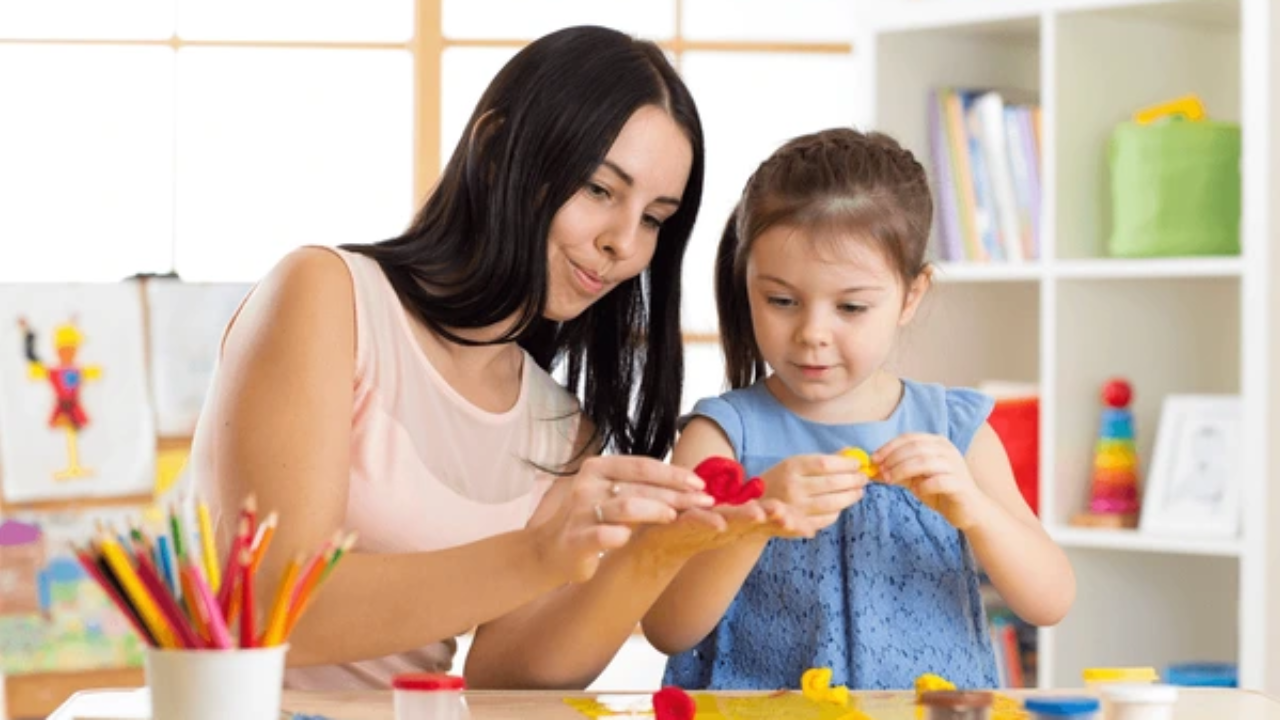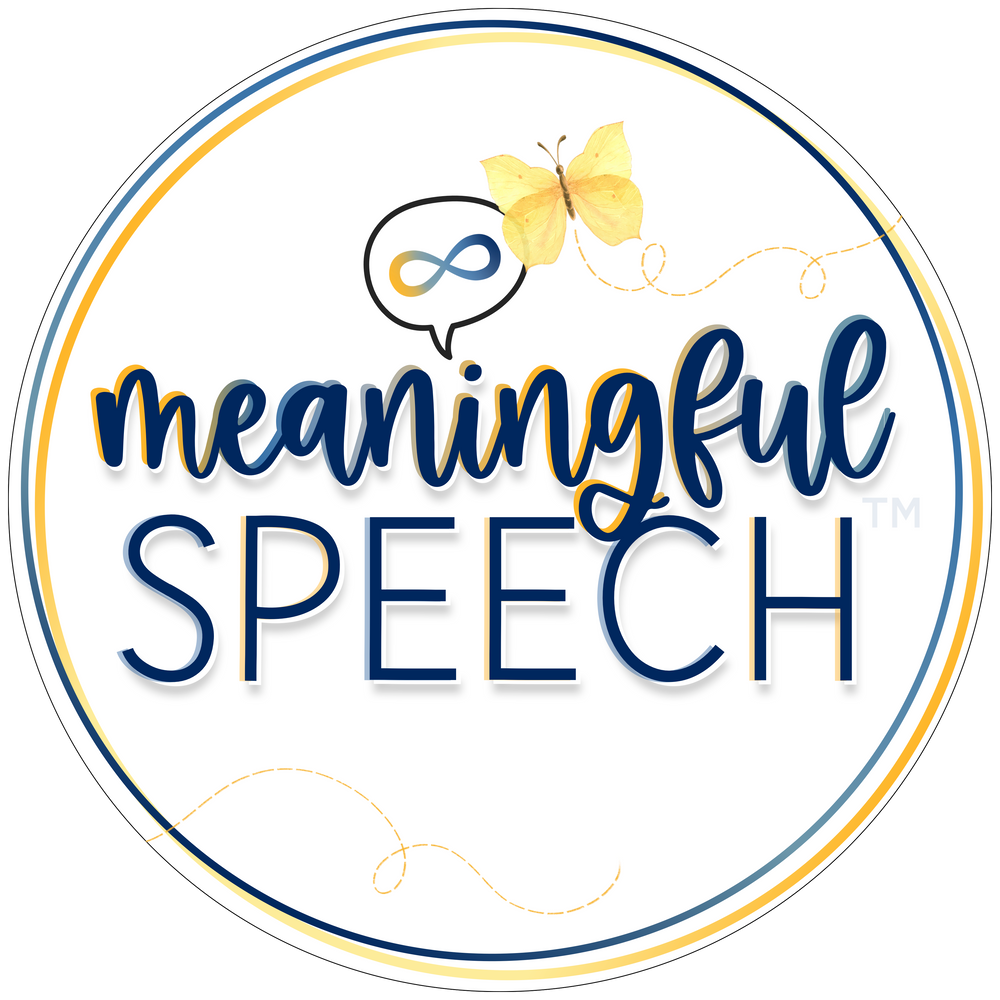Language Samples and Scoring for Gestalt Language Processors
Apr 02, 2025
Most speech-language pathologists were trained to use Brown’s Stages, SALT, or calculate mean length of utterance (MLU) when analyzing language samples. These methods work well for analytic language processors, who acquire language word by word. But what about gestalt language processors (GLPs), who acquire and process language in chunks?
Gestalt language development follows a different trajectory, and traditional scoring methods don’t accurately capture a gestalt language processor’s progress. That’s where Marge Blanc’s Natural Language Acquisition (NLA) framework comes in. This framework provides a way to analyze spontaneous language samples and determine the stage of gestalt language development the child is mainly in.
What Makes a Spontaneous Language Sample?
To accurately assess a gestalt language processor’s language, you need spontaneous language samples. Ideally, this would include:
- Building trust and connection before collecting a sample
- Gathering home videos or samples from different environments
- A minimum of one 50-utterance sample or 12 minutes of language
Of course, we don’t live in an ideal world. If time and environmental constraints make this difficult, do your best with what you have. The key is ensuring that the sample is as natural and spontaneous as possible.
To do this, you’ll want to:
- Eliminate direct questions and prompts – These can lead to prompted or scripted responses rather than spontaneous language.
- Use declarative language – Narrate, comment, and engage naturally instead of asking questions.
- Know the child’s language history – Understanding what has been taught versus what has been acquired naturally is essential.
Scoring a Language Sample
Once you have a solid sample, it’s time to analyze it. If you’re familiar with the stages of gestalt language development, you can determine what is echolalia (Stage 1), mitigated echolalia (Stage 2), single words and two-word combinations (Stage 3) or self-generated phrases and sentences (Stage 4+).
One important consideration with NLA scoring is that taught language is not scored because it was not naturally acquired. When scoring using the framework we score only language that is spontaneous, unprompted and naturally acquired.
Let’s look at an example:
Joey’s Language Sample
Joey is 11 years old with a history of compliance-based interventions. Much of his language is prompt-dependent, but he uses spontaneous language during train play.
Parent-reported taught phrases:
- “Can I have ___ please?”
- “The boy/girl is ____.”
- Train-related naturally acquired gestalts
Spontaneous Language Sample:
Clinician: Let’s play.
Joey: Can I have Thomas please? (Not Scored – Taught)
Joey: Can I have Henry please? (Not Scored – Taught)
Joey: Little engines can do big things. (Stage 1 – Echolalia)
Clinician: Yeah. We can make it!
Joey: We can do big things. (Stage 2 – Mitigated echolalia)
Because the phrase “little engines can do big things” was naturally acquired from Thomas and Friends, it is scored as a Stage 1 gestalt. Joey then mitigates this phrase by recombining parts of it into “We can do big things,” which is scored as Stage 2.
Want More Support with Scoring?

Analyzing language samples for gestalt language processors requires an understanding of the NLA framework. If you’d like more guidance, check out our newest webinar with Meaningful Speech team member Katie Arnold.
This webinar discusses:
- A quick review of the stages of gestalt language development
- How to prepare for taking spontaneous language samples
- Marge Blanc’s Natural Language Acquisition (NLA) Guidelines
- A deeper look at each NLA guideline
- Scoring vs. analyzing language samples
- “It all depends” - Why context and history matter
- Practice scoring and analysis
- Stage 1 vs. Stage 3
- Stage 2 vs. Stage 4
A live question and answer will take place on April 22nd at 5:30 PT/ 8:30 ET. If you cannot make the live question and answer, it will be recorded and uploaded for your viewing.
For more information on the webinar click HERE.
